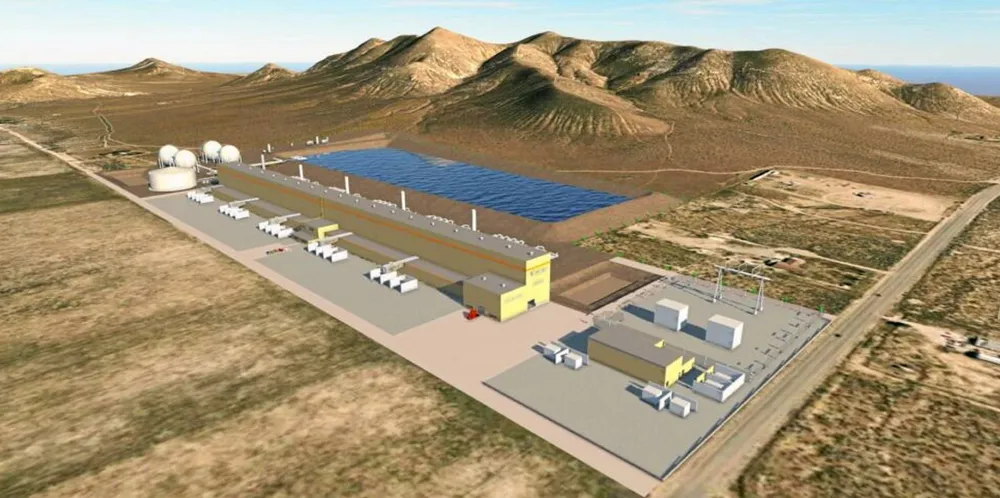Compressed air green energy store among winners in Australian power tender
Canadian developer hails ‘big vote of confidence’ in compressed air storage system

A plan to turn a disused cavern into one of the world’s largest compressed air energy storage facilities was among the winners of a New South Wales power tender, with 4GWh of storage and 750MW of wind and solar projects successful in total.
Australian Energy Market Operator awarded long-term energy service agreements to five developers on Monday in the third tender to take place as part of NSW’s Electricity Infrastructure Roadmap.
There was also success for two lithium-ion battery facilities. One is a 275MW/2,200MWh project being developed by Ark Energy Corporation; and the other is a 49MW/392MWh facility led by Lightsource BP and Renewable Energy Investments.
On the generation side, Squadron Energy – owned by mining magnate-turned green energy billionaire Andrew Forrest – won a contract for a 400MW wind farm. France’s Neoen saw success for a planned 350MW solar facility.
Hydrostor CEO Curtis VanWalleghem said the contract won by his company is a “big vote of confidence in not only long duration energy storage, but also our compressed air solution as a key technology pathway for decarbonisation and grid reliability across Australia.”
The heat is extracted from the air stream and stored inside a thermal store, saving the energy for use later in the cycle. The compressed air is pumped into a purpose-built cavern part-filled with water, pushing the water to the surface of a closed-loop reservoir.
When energy is needed, the water is allowed to rush back down the shaft. This forces the air to the surface, where it is recombined with the stored heat and expanded through a turbine to generate electricity on demand.
All the projects that were successful in the tender are expected to be up and running by 2028.
(Copyright)